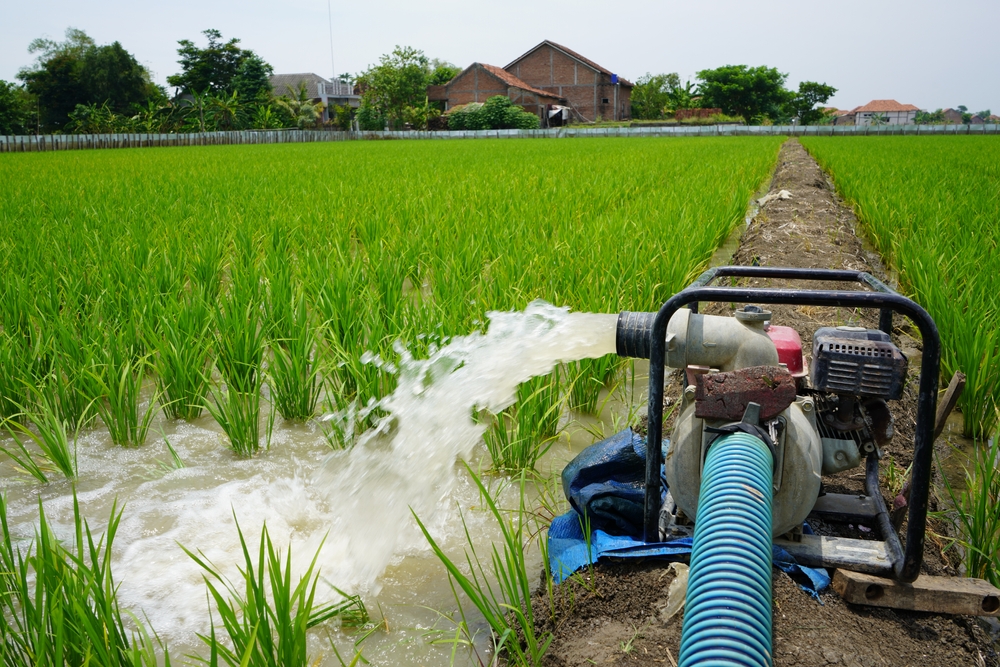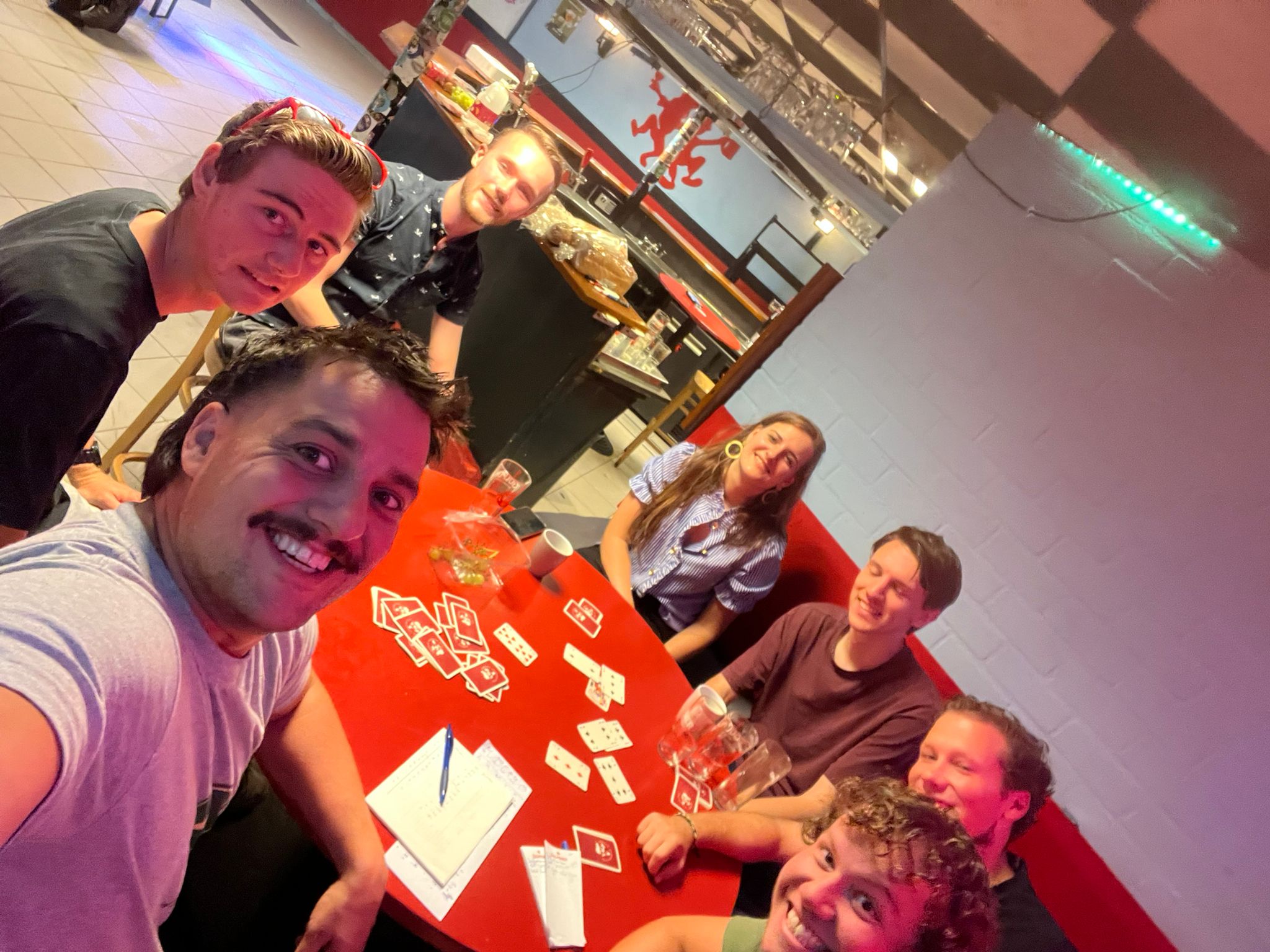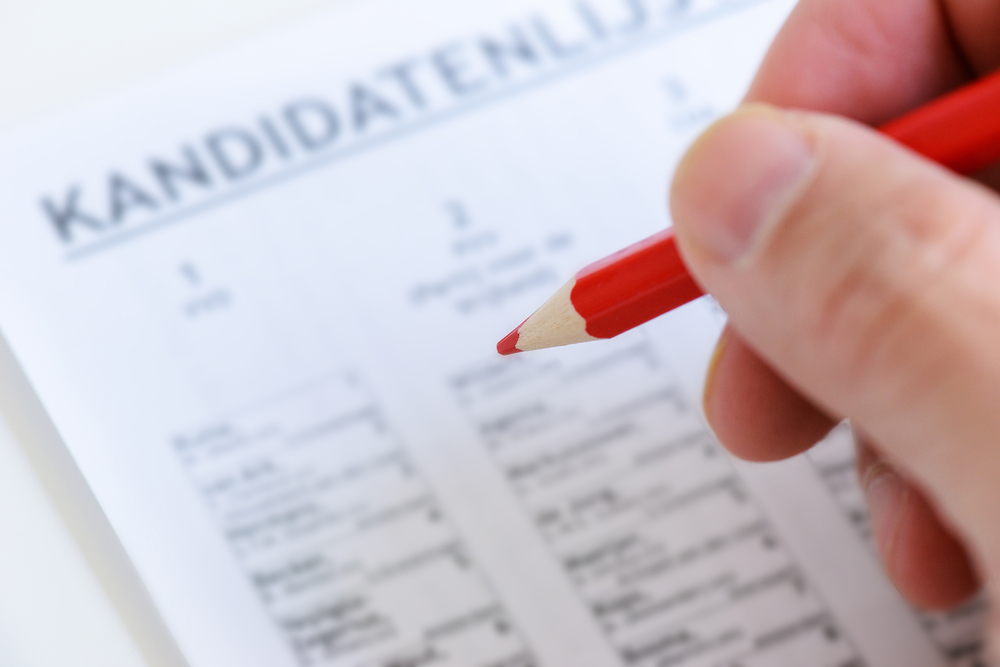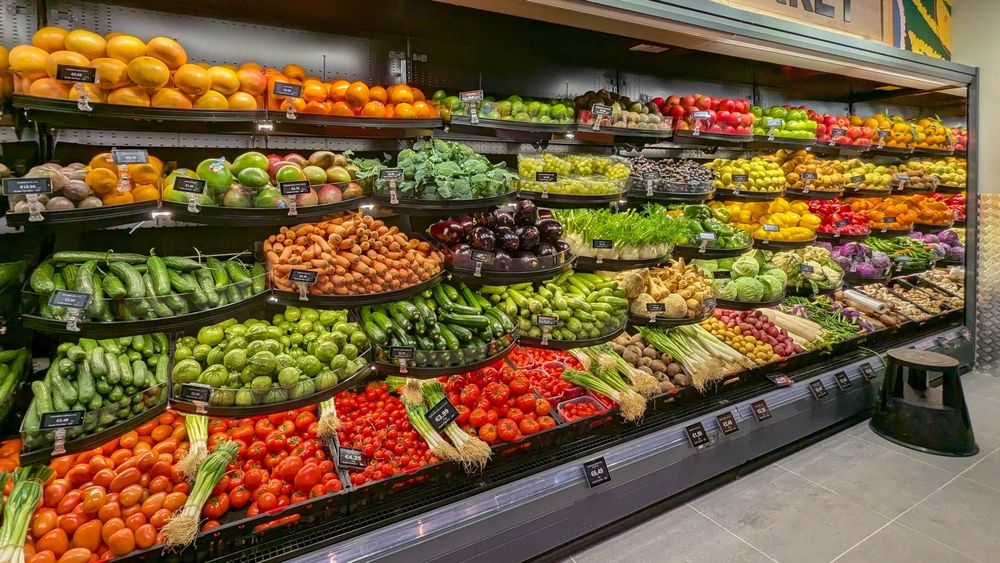Suppose you need a cubic metre of clean water. How much would this extra amount of water cost or impact the water company or other water users such as farmers and households? That is what the social company True Price aims to calculate.
Avocado growers, for example, must include these costs in the price of their produce. This principle is known as true pricing. As part of the project “Real and Fair Pricing”, and in collaboration with Wageningen Economic Research scientist Geert Woltjer, True Price investigated how water use and water scarcity can be included in food prices in, among others, the Netherlands. Woltjer rushes to talk down the expectations, explaining that it is the first attempt and, for now, a guestimate.
Water scarcity
To determine the water scarcity, True Price uses data from the World Wildlife Fund, which calculated the scarcity per country. ‘I feel that the WWF has overestimated the water scarcity in the Netherlands’, Woltjer notes. ‘If you were to use the AWARE (Available Water Remaining) indicator, you would have a more realistic picture for the Netherlands.’
Moreover, True Price calculates the cost of water scarcity using the most expensive method of acquiring additional water: desalination. ‘Fine for countries such as Israel and Saudi Arabia, but not for the Netherlands’, Woltjer comments. ‘In the Netherlands, you should take the cost of water purification, the construction of water buffers for periods of drought and the cost of drought damage to crops. But all this, without making the model overly complex. Moreover, this is just a first draft.’
Assumptions
In this first draft, a cubic metre of potable water costs 1.29 euros. This is the maximum cost, based on desalination and the assumption of year-round water scarcity. The Netherlands only has a shortage of water in the summers, and even then, only every few years. Thus, the costs for the Netherlands amount to 0.3 euros per m3 of potable water. ‘By way of comparison, we currently pay 0.87 euros per m3, so this is a 35% increase. Too high, as a result of using the WWF indicator and basing the price on desalination’, Woltjer states.
The researchers have yet to calculate how this water cost surcharge would impact the price of Dutch tomatoes and potatoes.

 Photo Shutterstock
Photo Shutterstock 

